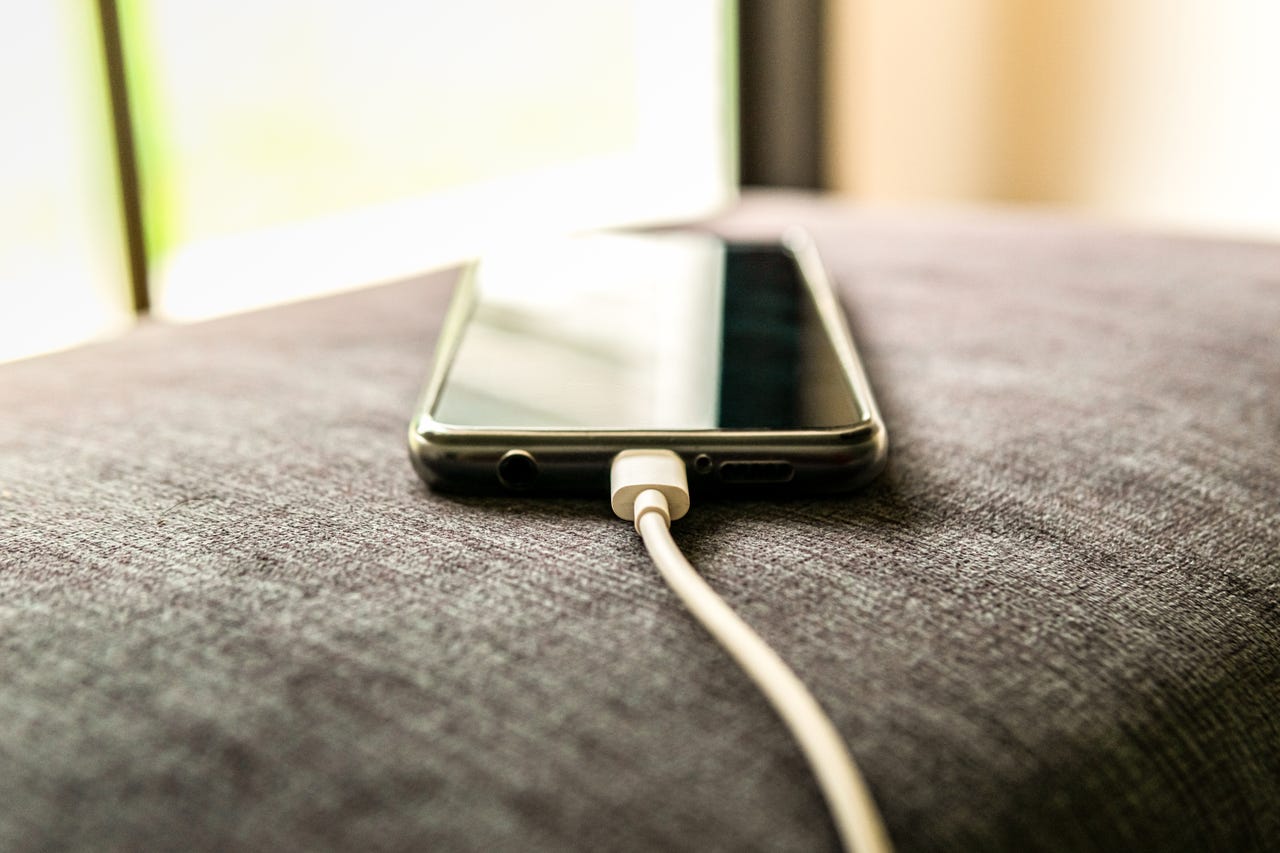'ZDNET Recommends': What exactly does it mean?
ZDNET's recommendations are based on many hours of testing, research, and comparison shopping. We gather data from the best available sources, including vendor and retailer listings as well as other relevant and independent reviews sites. And we pore over customer reviews to find out what matters to real people who already own and use the products and services we’re assessing.
When you click through from our site to a retailer and buy a product or service, we may earn affiliate commissions. This helps support our work, but does not affect what we cover or how, and it does not affect the price you pay. Neither ZDNET nor the author are compensated for these independent reviews. Indeed, we follow strict guidelines that ensure our editorial content is never influenced by advertisers.
ZDNET's editorial team writes on behalf of you, our reader. Our goal is to deliver the most accurate information and the most knowledgeable advice possible in order to help you make smarter buying decisions on tech gear and a wide array of products and services. Our editors thoroughly review and fact-check every article to ensure that our content meets the highest standards. If we have made an error or published misleading information, we will correct or clarify the article. If you see inaccuracies in our content, please report the mistake via this form.
Mystery iPhone 15 USB-C chip sparks wild theories but here's what it's really for


We know that the iPhone's Lighting connector has been on borrowed time since Apple confirmed that, following an EU mandate, it would make the switch to USB-C, so a leak of what purported to be USB-C connector assemblies for the iPhone 15 comes as no surprise.
But what comes as a surprise is finding a mystery chip on the ribbon cable of the part.
Also: Do you have a satellite communication device yet? It could save your life
The leak, over on X (formerly known as Twitter), is by prolific Apple leaker Majin Bu, and shows a chip with the designation '3LD3' on the internal ribbon cable that connects the USB-C connector to the iPhone 15's motherboard (assuming that this is a genuine component).
You can see the packaged chip on the iPhone 15 series. The model is 3LD3. Because it is a self-designed chip, the function cannot be judged by the model. Judging from the same type of plastic packaged chips in the past, it may be the setting of transmission encryption. pic.twitter.com/YSM1guM3n9
— Majin Bu (@MajinBuOfficial) August 14, 2023
What's it for?
The internet has plenty of suggestions! Tech site Wccftech.com suggests that it's a way to limit charging speed in some way (possibly outside of the EU), perhaps to force those outside the EU to purchase proprietary charge cables.
Yeah... no.
I've looked through component listings and gone to my contacts who know more about me about these sorts of things, and the consensus I'm getting back is that, yes, this is as Majin Bu suggests and is related to "transmission encryption." But rather than some plot to sell cables, it's a way for Apple to carry on offering a Made for iPhone (MFi) program. This chip will be used to communicate securely with both accessories from Apple and licensed third-party vendors.
It makes sense to me that Apple would want to keep its lucrative MFi program going despite making the shift to USB-C, and finding a chip or two that is related to encryption is something I'd expect. As well as enforcing hardware compliance for MFi, such a chip could also allow approved accessories to have deeper, more trusted access to the iPhone, and allow them to use features that are otherwise off-limits.